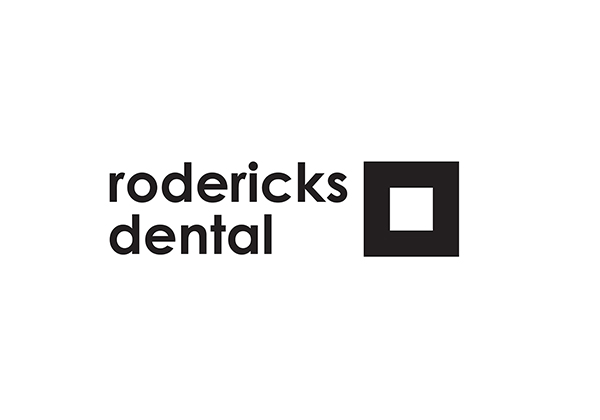Optimising patient communication – Julie Gillar dental hygienist Bryant Dental Practice
Featured Products Promotional FeaturesPosted by: Dental Design 17th November 2019

 Julie Gillard, dental hygienist from Bryant Dental Practice, shares her experience and offers some advice for improved communication with patients…
Julie Gillard, dental hygienist from Bryant Dental Practice, shares her experience and offers some advice for improved communication with patients…
Good patient communication is crucial in dentistry. First and foremost, it ensures informed consent, which is a legal requirement. It’s important to explain a suggested treatment clearly and then acknowledge that the patient has understood to avoid potential litigation issues and ensure they continue to receive the dental care they need. As such, it’s necessary to consider the level of information being provided and how it is delivered.
Barriers
There are many barriers to good communication. These include environmental factors such as distractions in the immediate surroundings and even the temperature of the room. Social factors should be considered too where they may affect the patient’s ability to comprehend the details being discussed.
It’s also important not to make assumptions. We shouldn’t assume patients understand what we say without checking. We also shouldn’t assume we know how they would like to receive the information we’re providing to them. For example, I offered a patient a written leaflet with all the details we had discussed that day regarding oral hygiene, only to then find out that they couldn’t read. This would have been a major barrier if the patient hadn’t felt comfortable enough to tell me.
The importance of building a good rapport with patients can therefore not be stressed enough. They need to feel that we are on their side and not just there to dictate to them. I often tell patients when the product or technique that I’m recommending for them is one I use myself, or one I have suggested to my family, to help build their trust and confidence. By establishing and nurturing this patient-practitioner relationship, we can deliver the continuity of care that our patients deserve as they are more likely to return. It also helps patients understand their own responsibility regarding their oral health, demonstrating the importance of teamwork between them and the professional team.
Top tips for good patient communication
Body language
A large amount of communication between patient and practitioner is non-verbal, so body language is crucial in helping to make patients feel comfortable. I always try to stay on the same physical level as patients when speaking to them – they should be sat upright and not lying in the chair, allowing proper eye contact. It can feel intimidating when the professional is lent over the patient, which is important to avoid.
Tone of voice
Tone needs to be friendly in order to encourage trust from the patient. I would introduce myself at the start of the appointment and use as calm and non-threatening a voice as possible throughout.
Terminology
We have a lot of clinical phrases in dentistry, but it’s vital to avoid using too many with some patients. Judging each situation individually and delivering information with terminology the patient will likely understand, is key.
Combined methods
Where possible, providing information verbally and in writing can help to improve communication. This provides positive reinforcement and enables them to review the advice in their own home for better understanding and acceptance. In addition, it helps remind them what recommendations have been given. A study[i] found that patients remembered just half of the oral health advice provided by a dental professional beyond their appointment. Consequently, doing what we can to remind them once they’ve left the practice is vital for their dental health.
Praise for a good job
Encouragement is key for patient compliance. They need to understand that we are not here to tell them off – quite the opposite! That kind of negativity could make them nervous and cause them to absorb even less information, or worse, stop them from coming back. I would recommend starting with a positive, offering some advice to improve and then ending on a positive. After all, regardless of how many times we give a patient the same information, we are ultimately there to continue supporting them in their oral health.
A two-way street
Good communication is not about us dictating what a patient should or shouldn’t do. It should be a conversation with information offered by both parties and a discussion to agree on what course of action would best suit the patient to enhance their oral health. In this way, all advice can be properly tailored to the individual.
No one-visit wonders
I often say that I don’t do ‘one-visit wonders’. I want my patients to feel comfortable in my surgery and to come back for the continuous care they need. Good communication is a big part of building this rapport and it makes working in dentistry an absolute pleasure.
I have worked at Bryant Dental Practice – now part of Rodericks Dental – for 21 years and the long-term relationships I have with my patients is one of the main reasons that I love my job. It just takes good patient communication and rapport.
For details about Rodericks Dental,
please visit www.rodericksdental.co.uk or call 01604 602491
#wearerodericks
[i] Misra S, Daly B, Dunne S, Millar B, Packer M, Asimakopoulou K. Dentist–patient communication: what do patients and dentists remember following a consultation? Implications for patient compliance. Patient preference and adherence. 2013;7:543-549. doi:10.2147/PPA.S43255.









